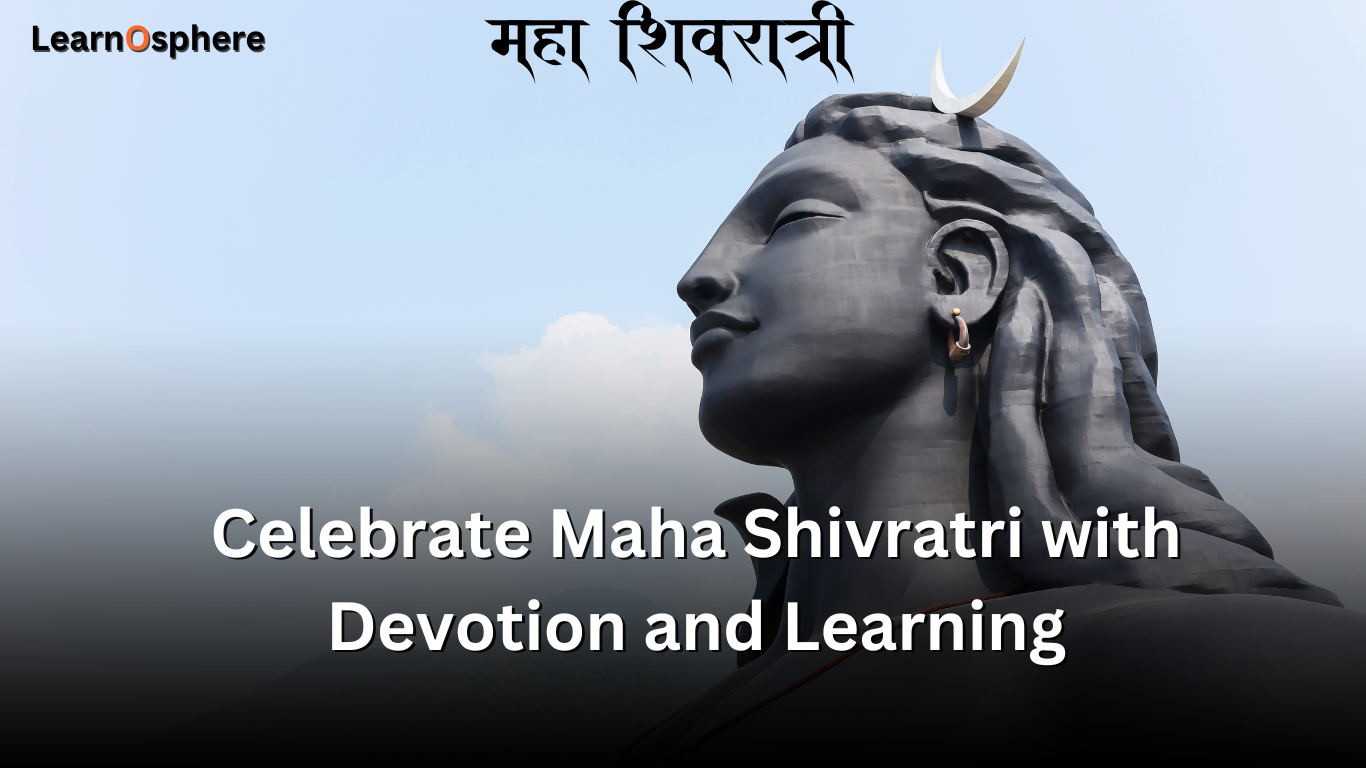Holi, often referred to as the “Festival of Colors,” is a vibrant and joyous celebration that marks the arrival of spring and the triumph of good over evil. In 2025, Holi will be celebrated on March 14th, with the traditional Holika Dahan occurring the evening before, on March 13th.
The Significance of Holi
Holi is deeply rooted in Hindu mythology, symbolizing the victory of good over evil and the arrival of spring. The festival fosters a sense of unity and joy, as people come together to celebrate with colors, music, and dance.
Traditional Celebrations
The festivities begin with Holika Dahan on the eve of Holi, where bonfires are lit to signify the burning away of evil spirits. The following day, known as Rangwali Holi, is marked by exuberant celebrations where participants smear each other with colored powders, dance to traditional music, and enjoy festive foods.
Holi in Jaipur
Jaipur, the capital city of Rajasthan, is renowned for its grand Holi celebrations. The city’s rich cultural heritage adds a unique charm to the festivities. Residents and visitors alike participate in various events, including traditional music and dance performances, and indulge in local delicacies like gujiya and thandai.
What to Expect During Holi 2025
Holika Dahan: The Night Before
On the evening of March 13, communities gather around bonfires for Holika Dahan. This ritual symbolizes the burning away of negativity and the purifying power of fire. It’s an occasion marked by prayers, folk songs, and communal unity.
The Main Day: Color and Joy
Come March 14, the streets transform into a living canvas of colors. People of all ages take part in playful battles of powdered hues, drenching each other in vibrant gulal. Traditional music and dance fill the air, and the aroma of festive treats like gujiya and thandai adds to the sensory delight.
Sensory Overload: Food, Music, and Dance
Holi is as much about feasting as it is about color. Expect a delectable spread of sweets and savories that vary by region. Music—ranging from traditional drum beats to modern Bollywood tunes—provides the soundtrack for an all-day celebration of life and community.
Practical Tips for Celebrating Holi 2025
- Dress Wisely: Wear old white or light-colored clothes that you don’t mind getting stained. As a festival where colors fly freely, your outfit is bound to become a vibrant mosaic by day’s end.
- Protect Your Skin: Apply coconut oil or a thick moisturizer before you head out. This creates a barrier that helps prevent colors from adhering to your skin.
- Keep valuables safe: Carry minimal cash and use a waterproof pouch for your phone and other important items. Consider using a money belt when navigating crowded areas.
- Stay with a Group: Especially for solo travelers, it’s advisable to join group events or tours. Many organized celebrations in cities like Jaipur and Delhi offer the added security of a guided experience.
- Eco-friendly Choices: Opt for natural, non-toxic colors if possible. Many vendors now offer eco-friendly gulal that’s kinder to your skin and the environment.
- Plan Ahead: With the festival drawing huge crowds, book your accommodations and any tour packages well in advance to secure your spot.
Conclusion
Holi 2025 in Jaipur promises to be a memorable experience, blending traditional customs with the city’s unique cultural elements. Whether you’re a local or a visitor, immerse yourself in the festivities and embrace the spirit of unity and joy that Holi brings.

